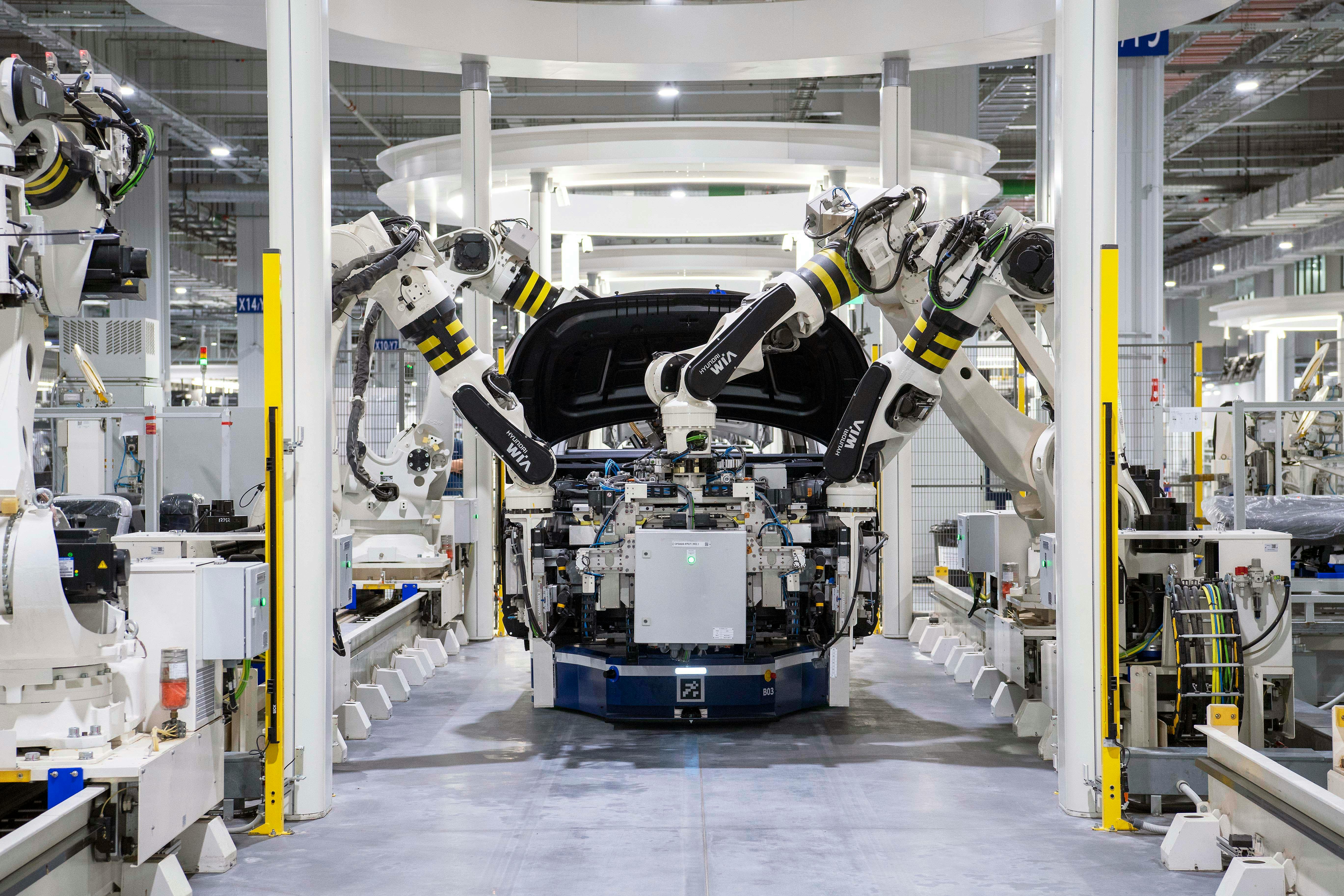Receptive Field
Discover the importance of receptive fields in CNNs for computer vision. Learn how they impact object detection, segmentation & AI optimization.
In Convolutional Neural Networks (CNNs), the receptive field is the specific region of the input image that a particular feature in a given layer is able to "see" or be influenced by. As data passes through the layers of a network, each neuron's receptive field expands, allowing the network to learn hierarchical features. In the initial layers, neurons have small receptive fields and detect simple patterns like edges or colors. In deeper layers, the receptive fields become much larger, enabling the network to recognize complex objects and entire scenes by combining the simpler patterns detected earlier. This concept is fundamental to understanding how CNNs process spatial information.
Importance In Computer Vision
The size and quality of the receptive field are critical for the performance of computer vision (CV) models. An appropriately sized receptive field ensures that the model can capture the entire context of an object. If the receptive field is too small for an object detection task, the model might only identify parts of an object (like a tire instead of a car). Conversely, a receptive field that is excessively large might incorporate distracting background noise, potentially confusing the model.
Designing an effective network architecture involves carefully balancing the receptive field size to match the scale of objects in the dataset. Techniques like using dilated convolutions, also known as atrous convolutions, allow for increasing the receptive field without adding computational cost, which is especially useful in tasks like semantic segmentation. There are also tools available to help visualize receptive fields, which aids in model design and debugging.
Real-World Applications
Autonomous Vehicles: In self-driving cars, object detection models must identify pedestrians, vehicles, and traffic signs of various sizes. A model like Ultralytics YOLO11 is designed with a sufficiently large receptive field in its deeper layers to detect large trucks or buses from a distance, while still retaining feature maps with smaller receptive fields to spot closer, smaller objects.
Medical Image Analysis: When analyzing medical scans for tumor detection, the receptive field size must be tuned to the task. Detecting small, subtle anomalies like micro-calcifications in mammograms requires a model with fine-grained feature extraction and smaller receptive fields. For identifying larger tumors in an MRI, a larger receptive field is necessary to capture the full context of the lesion and surrounding tissue.








.webp)